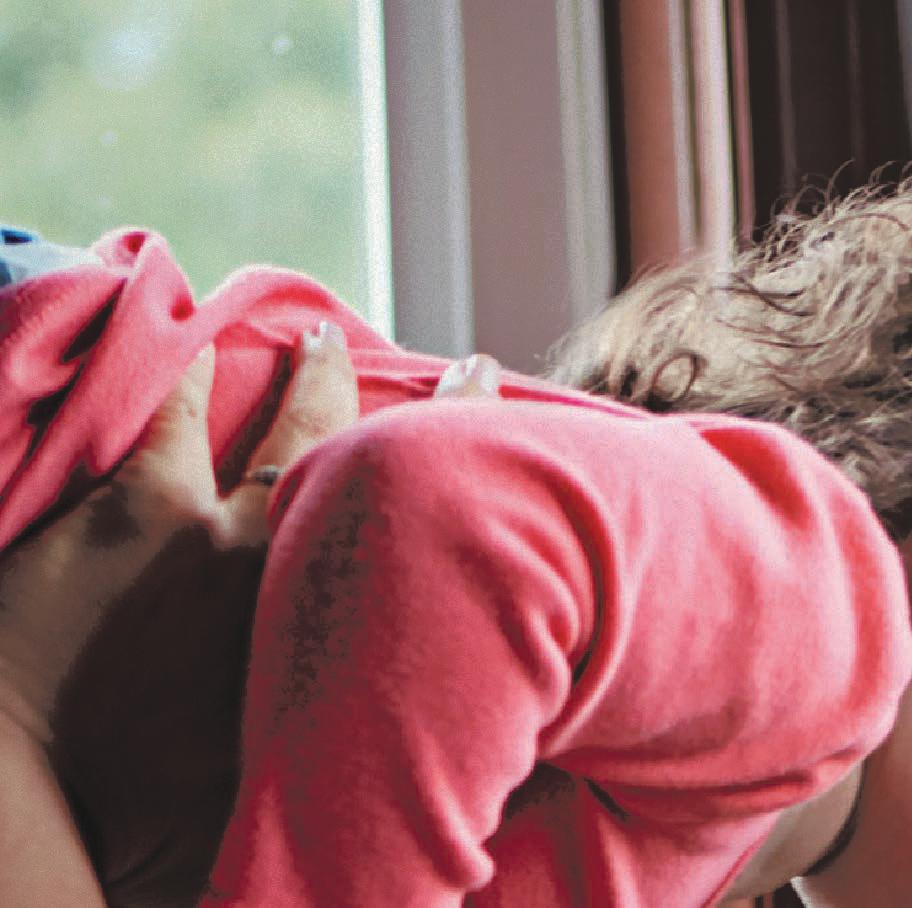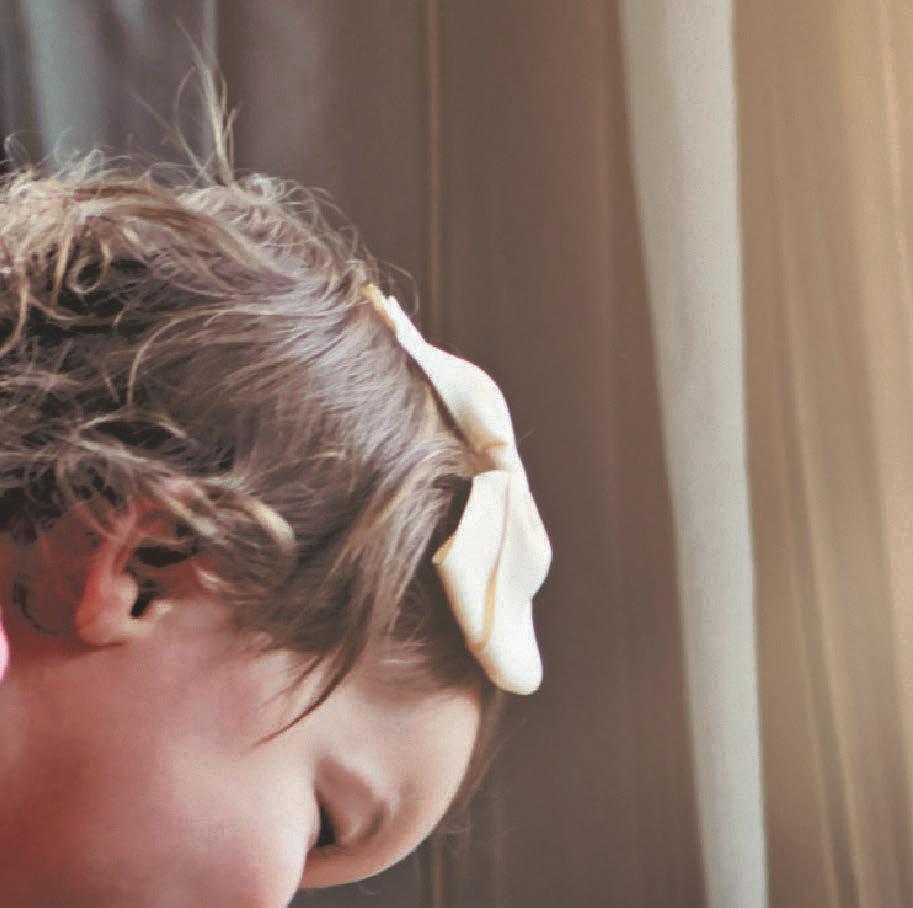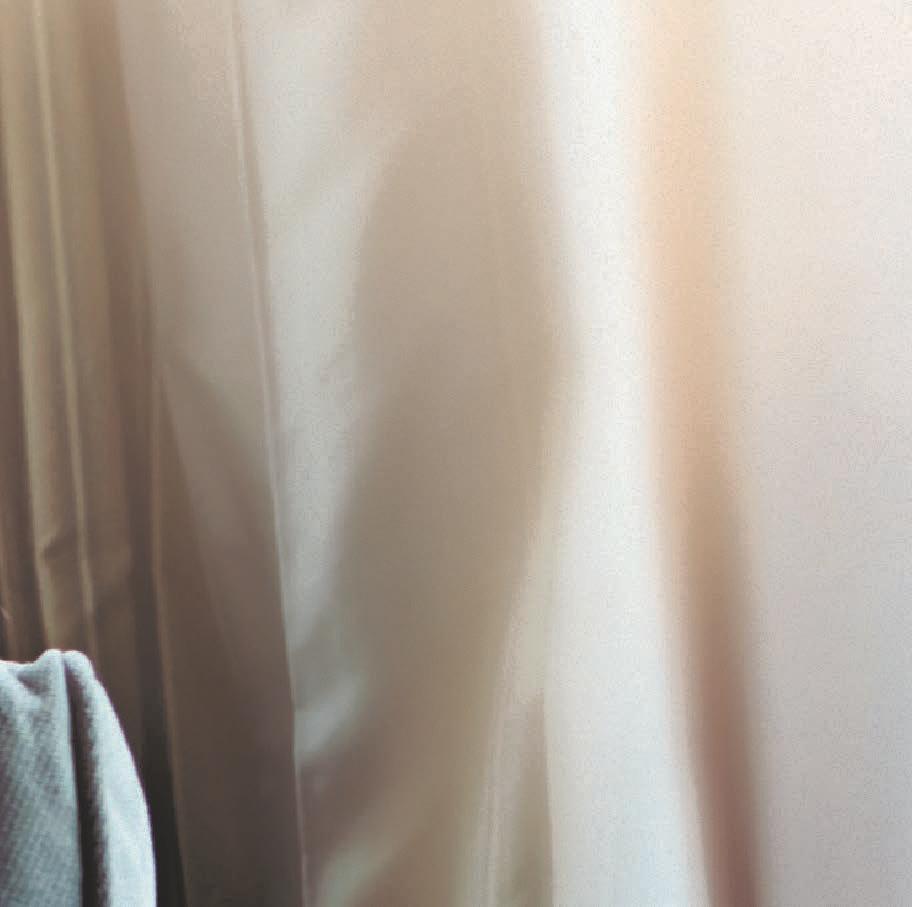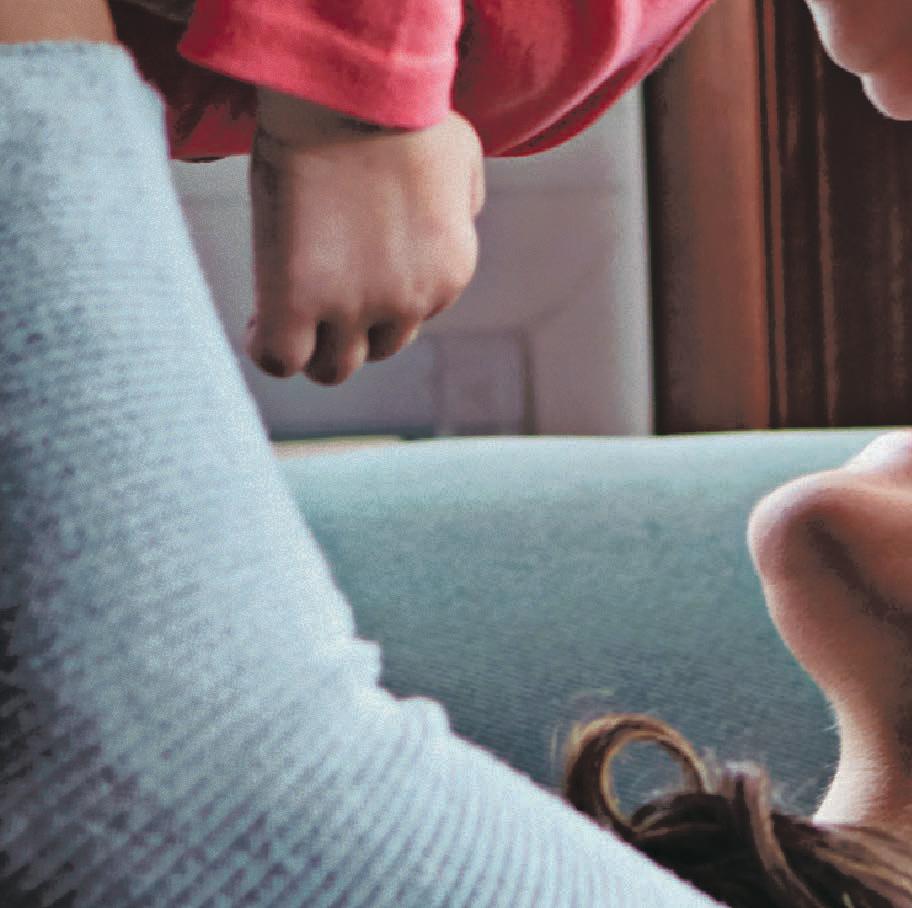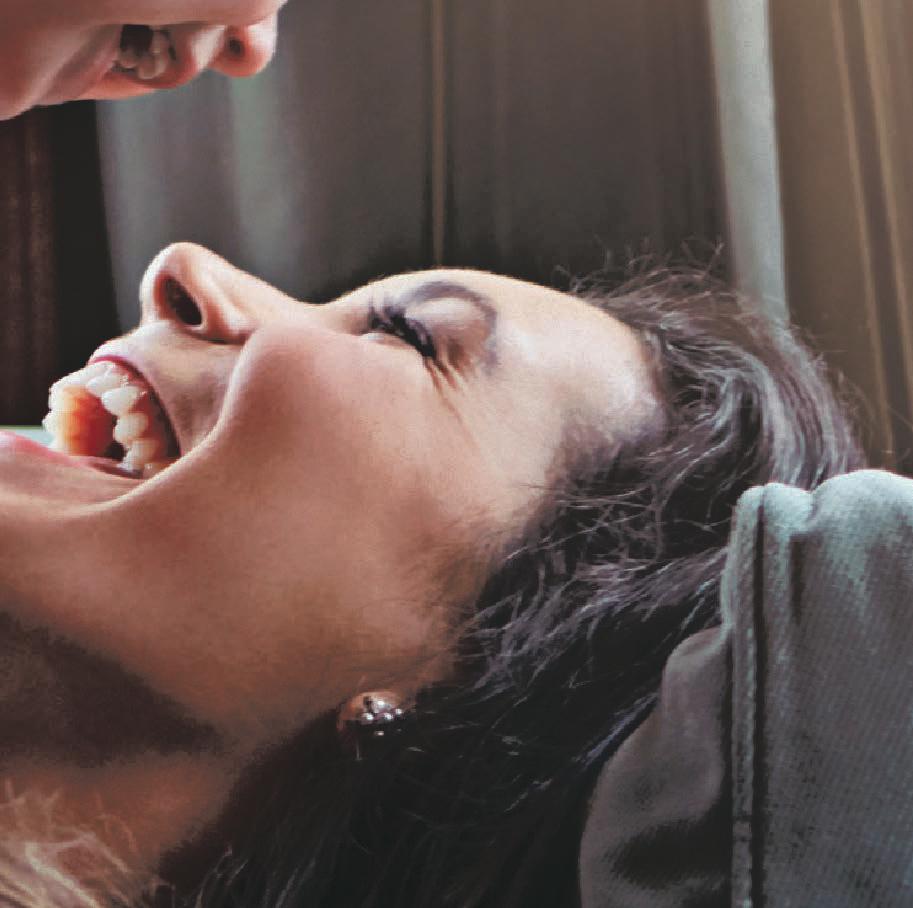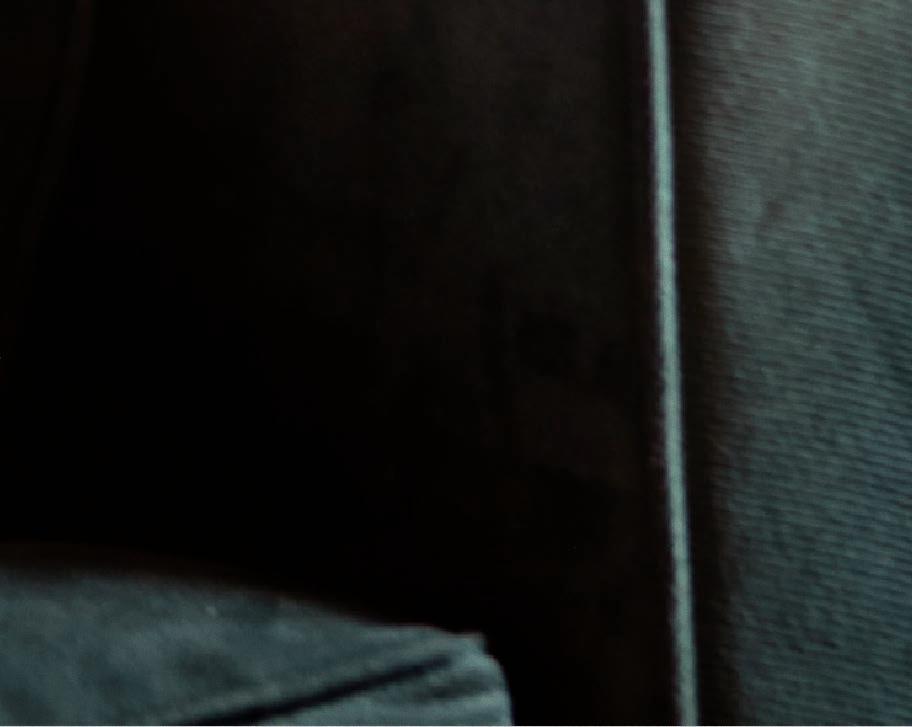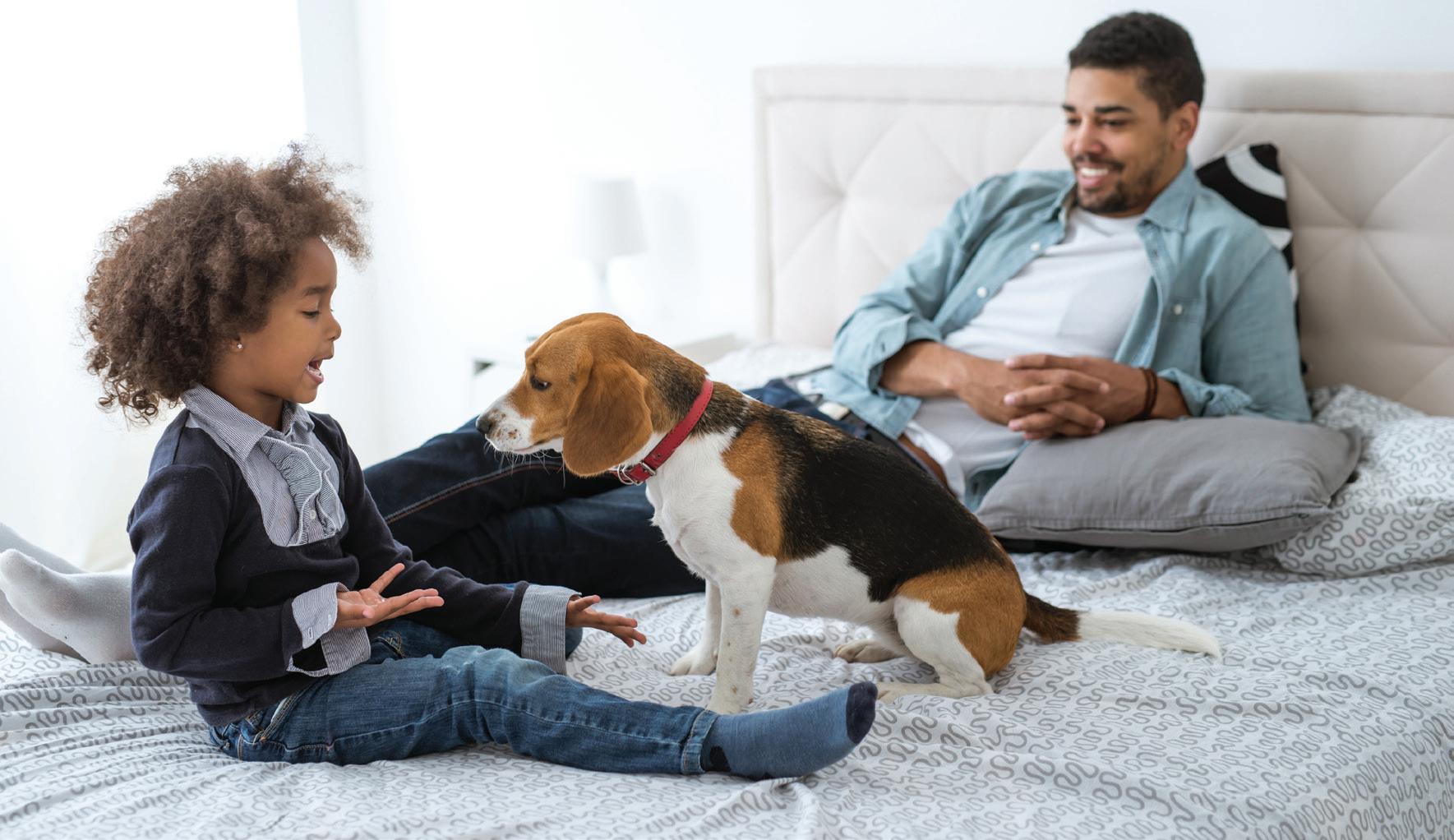
2 minute read
Dog training a family affair
Know your resources to get the best help for canine family members
BY MELINDA LAVINE
Dog training needs to be a family affair. That’s the advice of local experts.
Dr. Kay Boucher of North Shore Veterinary Hospital and Diane Craig at Dog Dynasty Duluth weighed in on the do’s and don’ts of family training your dog.
DO’S
• Before adding a dog, consider your child’s temperament and maturity. “Teaching a child to respect the dog is key,” Craig said.
• Consider the breed, the needs of the breed and the dog’s personality. Some breeds need to be more active and challenged than others, and you want your family’s lifestyle to line up with the needs of the dog.
• Discuss responsibilities. Craig suggested displaying a chore list.
• Talk about the importance of exercise, which can be a family activity. If dogs can’t blow off stress physically, they’re going to do it in naughty ways like chewing or barking.
• Prioritize housetraining. Use your kennel, and a leash is not just an outdoor tool. It can be used inside to help keep an eye on the dog and to create a boundary. Access to the house is a privilege, Boucher said.
• Consistency and repetition are the two best tools. Different people having different rules makes it hard for the dog, and it can delay training. One example is having puppies on the furniture and then changing the rules when they’re grown up. “It’s easier on the environment to have consistent rules from the get-go,” Boucher said.
• Make time for socialization with other dogs and humans. Be mindful that your dog is hanging with canines who are up-to-date on their shots.
• Be patient. “Dogs are fabulous problem solvers, if you allow them time to figure out what you’re asking, you wouldn’t believe how it sticks,” Craig said.
• Take responsibility. “When they do make a (bathroom) mistake, admit that it was your mistake because you weren’t watching the puppy close enough,” Boucher said. If that happens, she recommends using an enzymatic cleaner that neutralizes the odor.
• Use your resources. Along with training books, Boucher suggested superpuppy. com and YouTube videos by Dr. Sophia Yin, and you can always call your vet. At Dog Dynasty Duluth, children who are able to engage in class are invited to join their parents on the floor, Craig said. Always review new training techniques as a family to encourage consistency.
DON’TS
• Don’t let the puppy out of the crate unless you’re going to take it outside and stand with it.
• Do not use physical punishment. It tends to be ineffective, and that’s not something you want to pass on to your children, Boucher said. Training is about making sure your dog is staying connected and not being able to avoid doing what you’ve told them to do. A correction can be as simple as looking them in the eyes and saying “I asked you to do something, what was it?” Craig said.
• Do not rub their nose in their urine or excrement. That sends a message of fear and confusion, Boucher said. Raising your voice as a corrective measure is OK.
• Do not overstimulate. Remember puppies need naps and dogs need their quiet time. This will help overall behavior.
• Do not let children play with the dog unsupervised. When pushed, a dog with the best temperament dog could bite or chew, Craig said. Kids should keep their fingers folded in and walk slowly when approaching to avoid startling the dog, Boucher said.
Dogs have evolved and bonded with humans; we’re part of their pack when they’re not with other dogs, Boucher said. Training should be fun, so keep it positive and encouraging versus punitive. Children will model after you, and they learn more from what you do than what you tell them.
“I don’t think there’s anything better than the bond between kids and their animals,” Boucher said.




